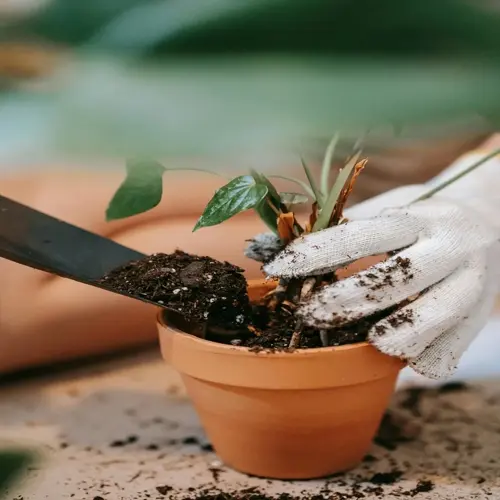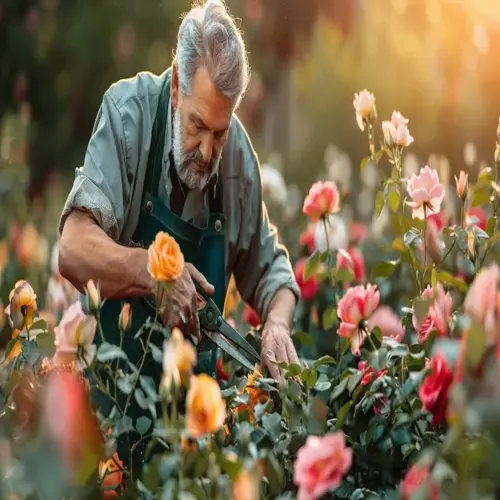What containers are suitable for long-term seed storage?

Written by
Paul Reynolds
Reviewed by
Prof. Martin Thorne, Ph.D.Choosing the right containers can maintain the viability of seeds for years to come. Glass jars with silicone seals do an excellent job of keeping moisture out. Vacuum-sealed bags create an oxygen-free environment. Mylar bags protect against light degradation. Plastic bags are to be avoided because they attract static moisture that can harm seeds.
Glass Jars
- Superior moisture barrier with silicone seals
- Reusable for decades with proper cleaning
- Visible contents for easy identification
- Freezer-safe for long-term cryo-storage
Mylar Bags
- Blocks 99% light to prevent UV damage
- Works with oxygen absorbers for 5+ year storage
- Lightweight and space-efficient for bulk seeds
- Heat-sealable for complete environmental isolation
Vacuum Bags
- Removes oxygen preventing oxidation damage
- Compact stacking capability saves space
- Transparent versions allow content visibility
- Specialized pumps ensure strong seals
Avoid moisture damage with effective sealing methods. Fill beats two-thirds full, allowing for air buffers. Use desiccants like silica gel packets. Inspecting the seals annually for integrity. Replace oxygen absorbers every six months in humid climates to prevent water absorption.
The conditions of storage heavily influence the performance of containers. Freezer storage needs either thick glass or specialized plastics. Storing at room temperature requires an opaque container that completely blocks all light. Basements often require more moisture control, regardless of the container used.
Label all containers thoroughly. Include the variety name, harvest date, and germination rate. Use weather-resistant labels for any glass jars. For any opaque containers, attach a label or tag on the outside of the container with enough detail to protect against accidental mixing and to monitor the decline in germination viability.
Every type of seed needs its own handling. Large seeds, such as beans, should be stored in sturdy containers that prevent crushing. Tiny seeds, such as lettuce, can be stored safely with a fine-mesh barrier inside the container. Similarly, you'll need to consider the specific needs of the seeds you're storing and select methods that are appropriate for those particular types of seeds.
Routine viability tests validate the accuracy of your storage system. Conduct a germination test every year and discard any lots with germination rates of less than 70%. Use the oldest seed first. The use of old seed, regardless of its germination rates, maintains a high-quality planting stock from year to year.
Read the full article: How to Save Seeds: A Complete Guide

